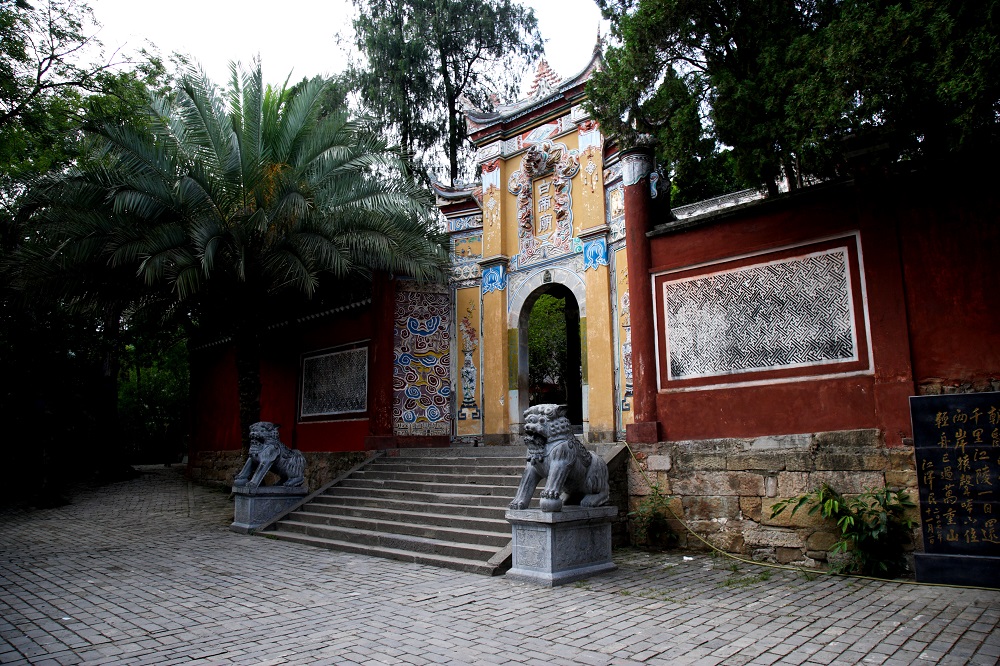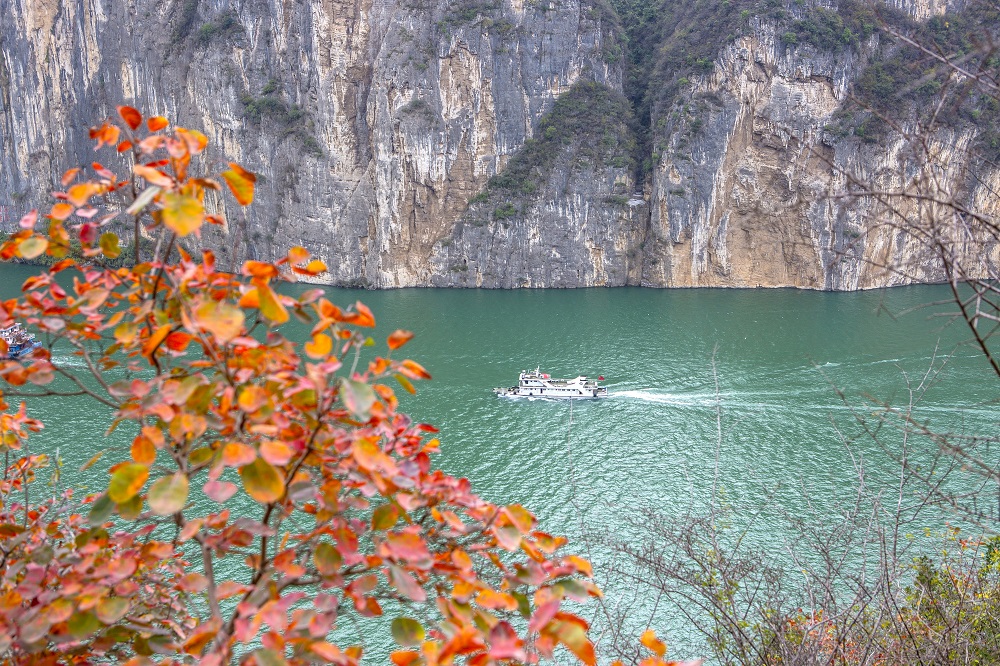Baidi City•Qutang Gorge Scenic Area, Chongqing

Baidi City•Qutang Gorge Scenic Area, Chongqing
(白帝城•瞿塘峡景区bái dìchéng qú táng xiá jǐng qū)
Address: Fengjie county, Chongqing
Scenic Spot Level: AAAAA
Opening Hours: 8:30 am - 5:00 pm
Ticket Price: 90 yuan ($13.33)/person

Baidi City•Qutang Gorge Scenic Area is located on Baidi Mountain of Chongqing. With an area of 4.7 square kilometers, it mainly consists of two major attractions, Baidi City and Qutang Gorge, which boasts numerous scenic spots and historical sites. An integration of natural and cultural landscapes, it is a wonderful starting point from which to comprehend the magnificent beauty of the Three Gorges.
Formerly known as Ziyang City, Baidi City, literally the city of the White Emperor, was built by Gongsun Shu in the late Western Han Dynasty (206 BC-AD 24). In the year 25, he proclaimed himself the White Emperor and changed the name of the city into what it is today. A Baidi Temple was built on Baidi Mountain to worship Gongsun in AD 36. In 1533, Liu Bei and Zhuge Liang were enshrined in the temple to replace Gongsun Shu. Literati including Li Bai (701-62), Du Fu (712-70), Bai Juyi (772-846) and Liu Yuxi (772-842) either traveled, lived or worked there and left a large number of immortal poems that added the "City of Poetry" to Baidi’s renown.
Close to Baidi City, the Qutang Gorge is the shortest, narrowest and most dangerous section of the Three Gorges on the Yangtze River. It has a total length of eight kilometers. On the north bank of the Qutang Gorge there are many enchanting spots, including the sites of Laoguan Temple, Daxi Culture and Wushan Man, as well as the Chijia Tower, the ancient fortress, the ancient cliff pathway and the hanging coffins of the Fengxiang Gorge. On the south bank lie the ruins of the Mengliang Stairway, cliffs with carved inscriptions and Rhinoceros Moon-Watching Peak. These breathtaking landscapes witness this area’s profound million-year human history.
The Kuimen Gate, or the Qutang Pass, is located at the western entrance of Qutang Gorge. With a complicated geographical situation, it has been of vital military importance and was hotly vied for in ancient China. It is also reputed as the paragon among the mountains and rivers in China for its breathtaking scenery which appears as the background pattern of the fifth set of the 10-yuan RMB banknote.

Last Updated: Aug 09, 2022




